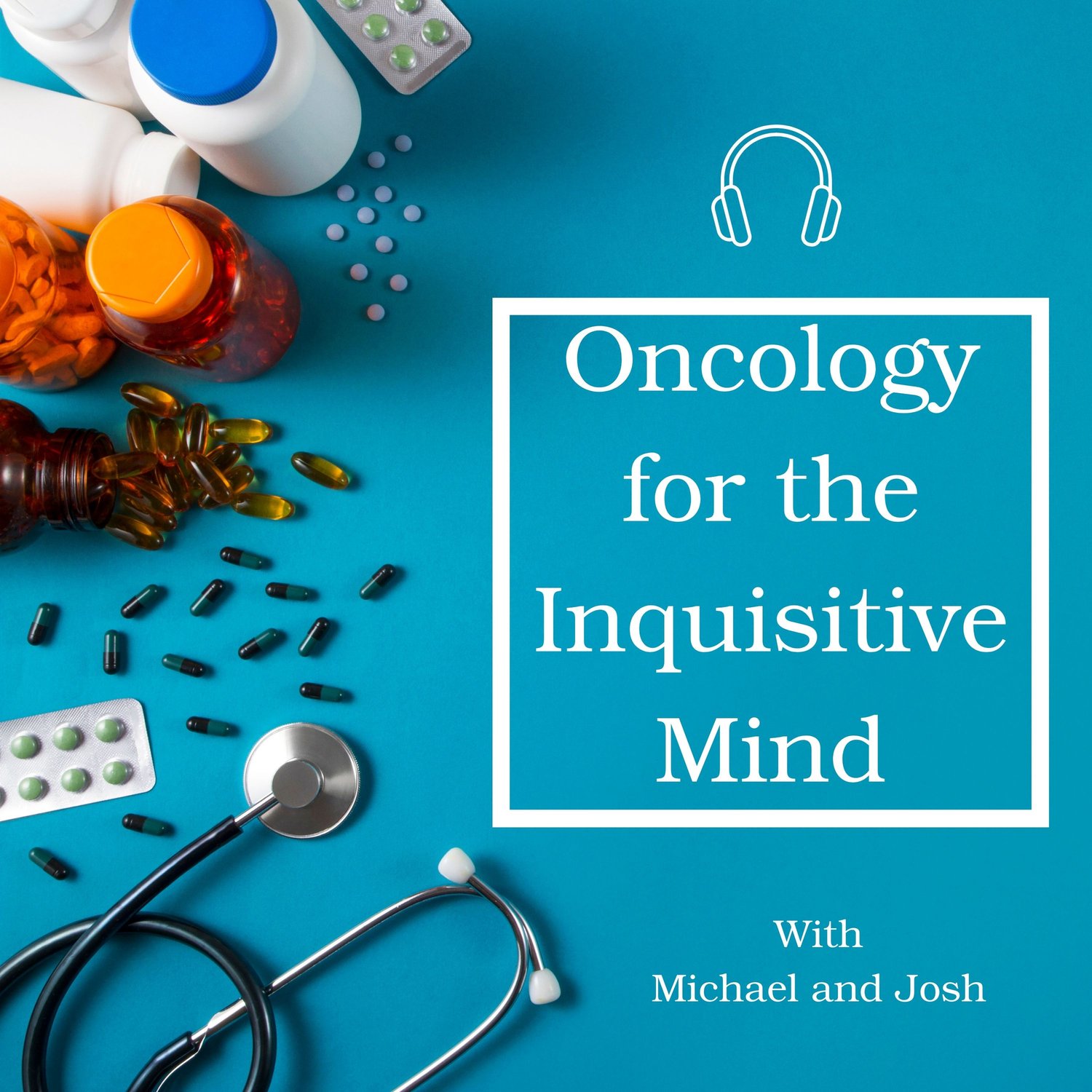Pembrolizumab plus Chemotherapy in Advanced Endometrial Cancer: Battle of the IOs
This week on Oncology for the Inquisitive Mind, we discuss the RUBY trial that investigated dostarlimab in treating advanced endometrial cancer. Contrary to common sense, the trial enrolled patients regardless of the status of their mismatch-repair proteins. Indeed, the majority (76.1%) of patients enrolled in RUBY had proficient MMR (pMMR). Without resorting to spoilers, the dMMR cohort had far superior outcomes to their pMMR compatriots (for more details, listen to the full episode, coming to a podcast service near you on 28th May 2023!). In the same episode, we make passing mention of a second, competing study that was actually published in the New England Journal of Medicine (NEJM) on exactly the same day. So, for all of you saying: “Dostarlimab is our last hope,” we must quote Yoda and say “No…there is another.”
The study in question, NRG-GY018, investigated the addition of pembrolizumab to the usual foundational treatment of carboplatin and paclitaxel.
NRG-GY018 enrolled women aged 18 years or older, with advanced (stage III-IVB), metastatic or recurrent endometrial cancer of any histological subtype, with the exception of carcinosarcoma. Patients who had received previous adjuvant chemotherapy were eligible only if they had been off treatment for at least 12 months. They could not have had treatment in the advanced or metastatic setting. For the primary analysis, patients were assigned to either the dMMR or pMMR cohort.
The primary endpoint was progression-free survival (PFS). Secondary endpoints include overall survival (OS) and health-related quality of life.
A total of 816 patients were enrolled, with 225 of those (27.5%) confirmed as having a deficiency of MMR proteins. The majority had endometrioid histology, in keeping with prevalence in the community, and most had received previous surgery and radiotherapy. 5.8% of patients in the dMMR cohort and 25.3% of patients in the pMMR cohort had received previous chemotherapy in the adjuvant setting.
Similar to the RUBY study, the outcomes in the dMMR cohort are incredibly impressive. At the time of the 12-month analysis, the hazard ratio for disease progression or death in the dMMR cohort was 0.30 (p<0.001). Interestingly, there was still significant activity in the pMMR cohort (HR 0.54, p<0.001). Overall survival and quality of life data remain immature.
Copyright: Eskander et al, New England Journal of Medicne
Adverse events data were unremarkable. The most common adverse events were fatigue and peripheral neuropathy, with the most common Grade 3+ adverse events related to haematological toxicity. These toxicities can be associated with the carboplatin and paclitaxel backbone as opposed to the pembrolizumab/placebo. Adverse events of special interest were likewise fairly uncommon; AEs of any grade occurred in 38.5% and 33.3% of patients in the dMMR and pMMR cohorts, respectively. Grade 3+ adverse events of special interest occurred in 8.3% and 3.6% of patients in the two cohorts, respectively.
The Bottom Line: comparisons between NRG-GY018 and RUBY are unavoidable, not least because both were published in NEJM on the same day. Both had very similar methodologies, inclusion criteria and patient populations. While the analysis from RUBY is further along compared to NRG-GY018, it is likely that both pembrolizumab and dostarlimab will have similar efficacy in the treatment of advanced endometrial cancer. It is also worth noting that RUBY’s interim overall survival data did not reach the statistical threshold for significance. Ultimately, however, both studies still need time before final results will become available
As a result, which agent gains traction will likely be due to local availability and physician preference; unfortunately, a head-to-head study is unlikely in the foreseeable future. But no one said an overabundance of therapeutic options was a bad thing in the oncology space!
Sources:
NRG-GY018: https://www.nejm.org/doi/full/10.1056/NEJMoa2302312
RUBY: https://www.nejm.org/doi/full/10.1056/NEJMoa2216334

